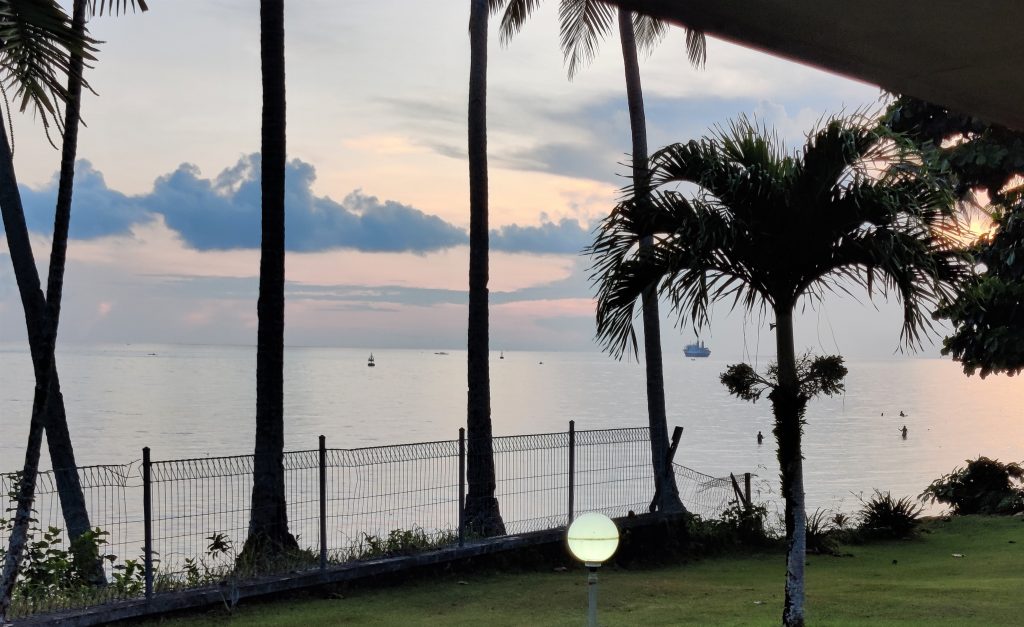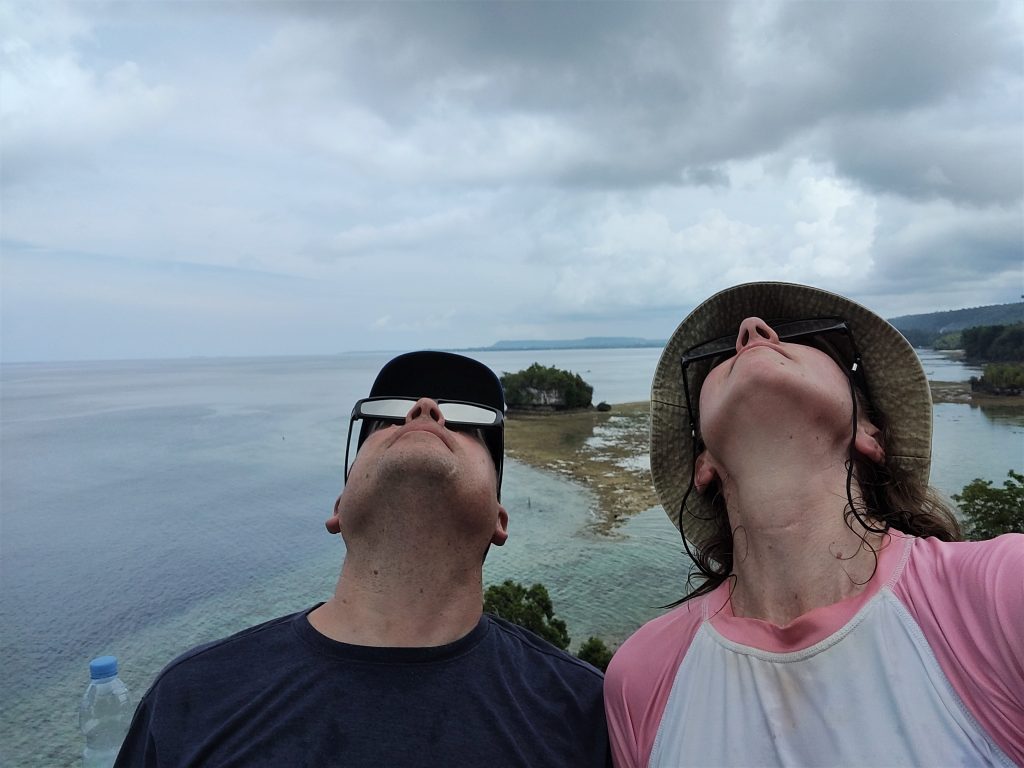
A few months ago in preparation for a grade 8 science unit on Astronomy, I looked up when the next eclipse would be. I was surprised to find out it would pass through part of Indonesia, and on a day when we had a holiday no less! A little internet searching for places the totality would pass led me to Biak, a small island north of Papua. So, after working on Wednesday we flew overnight via Makassar to Biak to arrive in time for the eclipse Thursday afternoon.
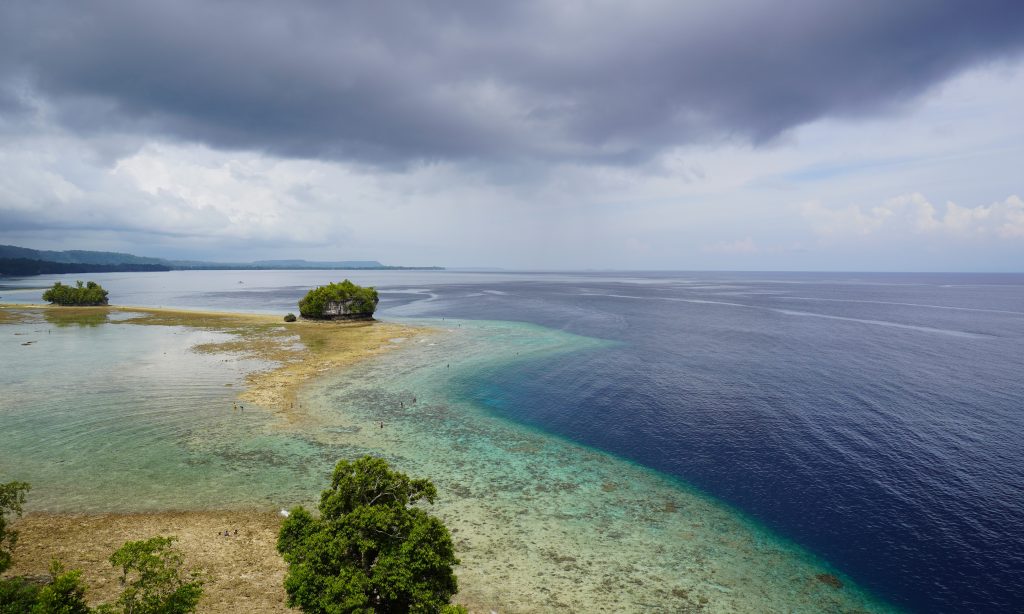
We arrived at around 7 am, and after a couple of hours’ sleep, our guide Lion picked us up at our hotel. He asked us if we’d like to go to the solar eclipse festival happening in town, or if we’d rather go to a quieter spot. “The quiet spot,” we replied. He brought us to a beautiful cliff-top location where we spent the next few hours watching the eclipse. It turned out we made the lucky choice.
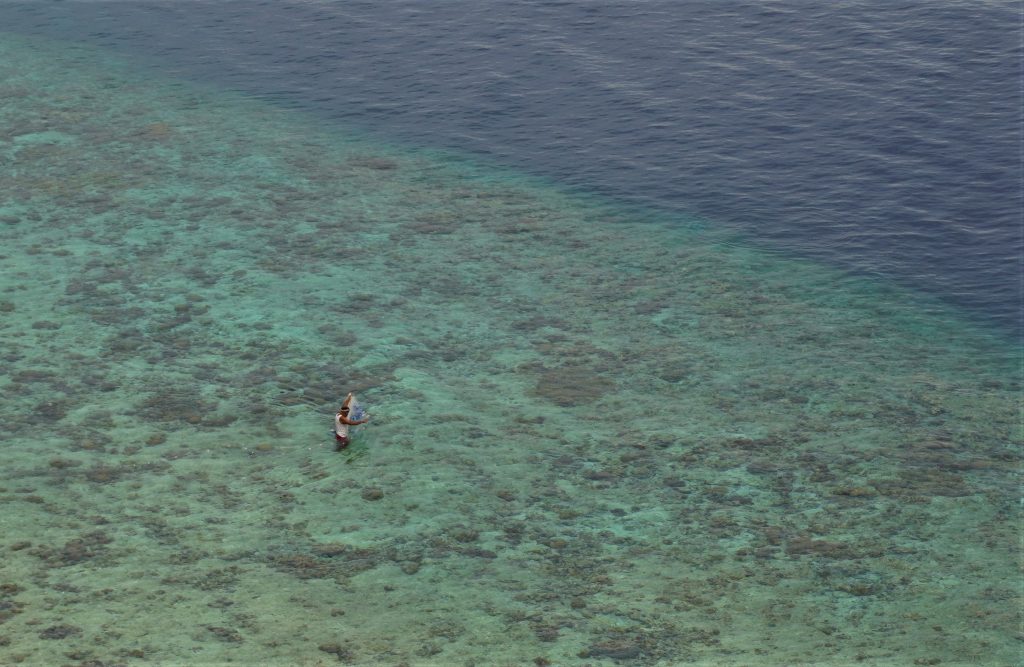
While we waited we had amazing views of the sea and of the local folks fishing for their daily meal off the beach below us. Lion had brought lunch and beers for us, so we were pretty comfortable. As the partial began and the eclipse progressed we alternated between looking out at the view, checking the moon’s progress with our eclipse glasses, enjoying the puffy clouds and occasional rainbow-looking rings around the sun, and chatting with our fellow eclipse-viewers. We were joined on the wooden platform by a handful of locals, as well as a couple from Amsterdam who had been scuba diving in Raja Ampat and added Biak onto their trip for the eclipse, and an amateur astronomer, Mike, who had flown all the way from New York just to be in Biak for the eclipse! As you can imagine, Mike was INCREDIBLY EXCITED about the eclipse, and his enthusiasm was infectious. You can check out videos of the Biak eclipse, as well as some of the 13 other eclipses Mike has seen at his YouTube channel: www.youtube.com/mikekentrianakis
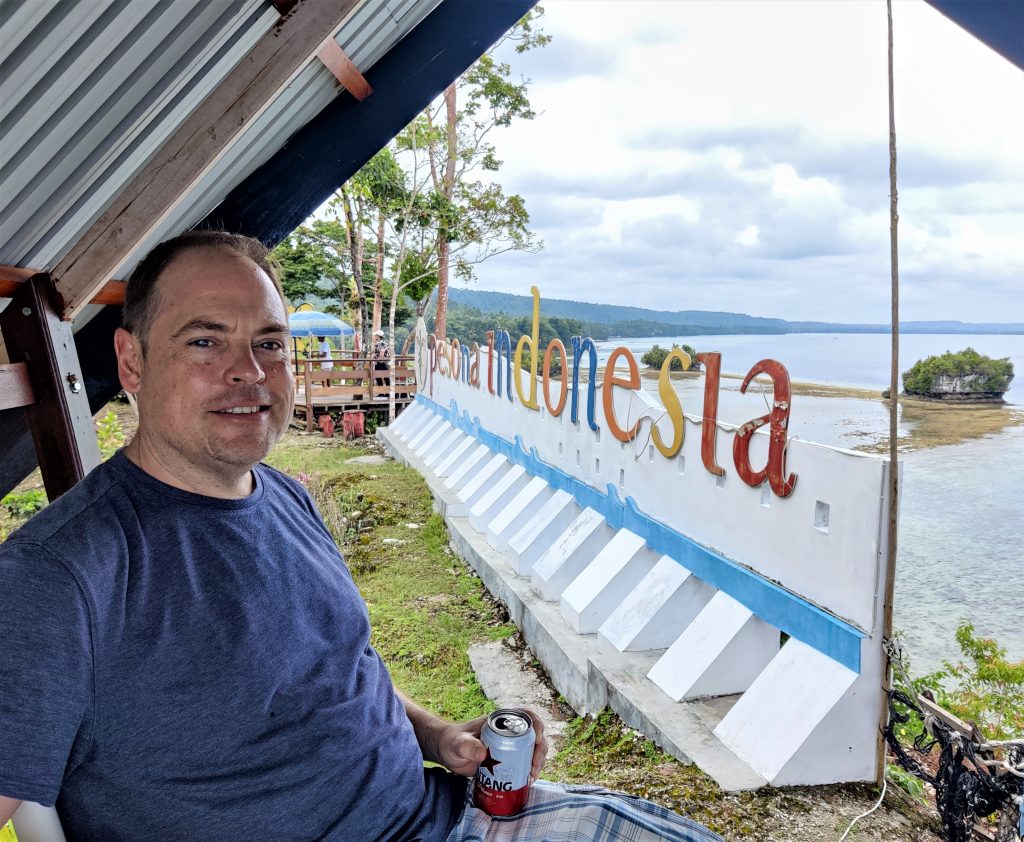
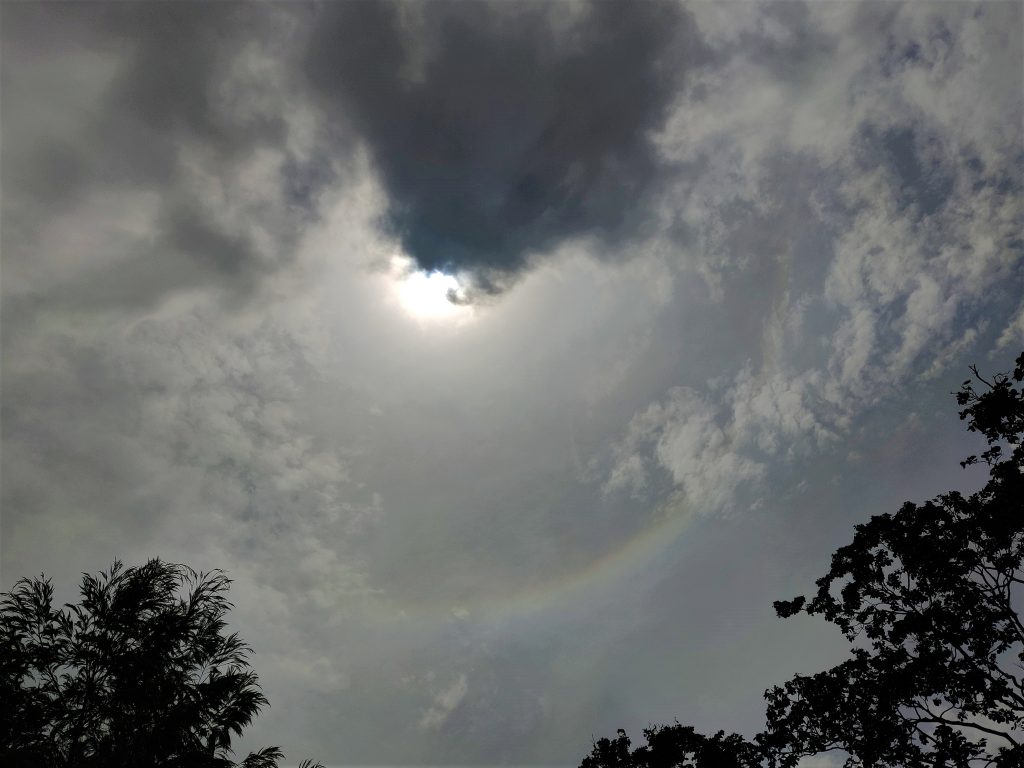
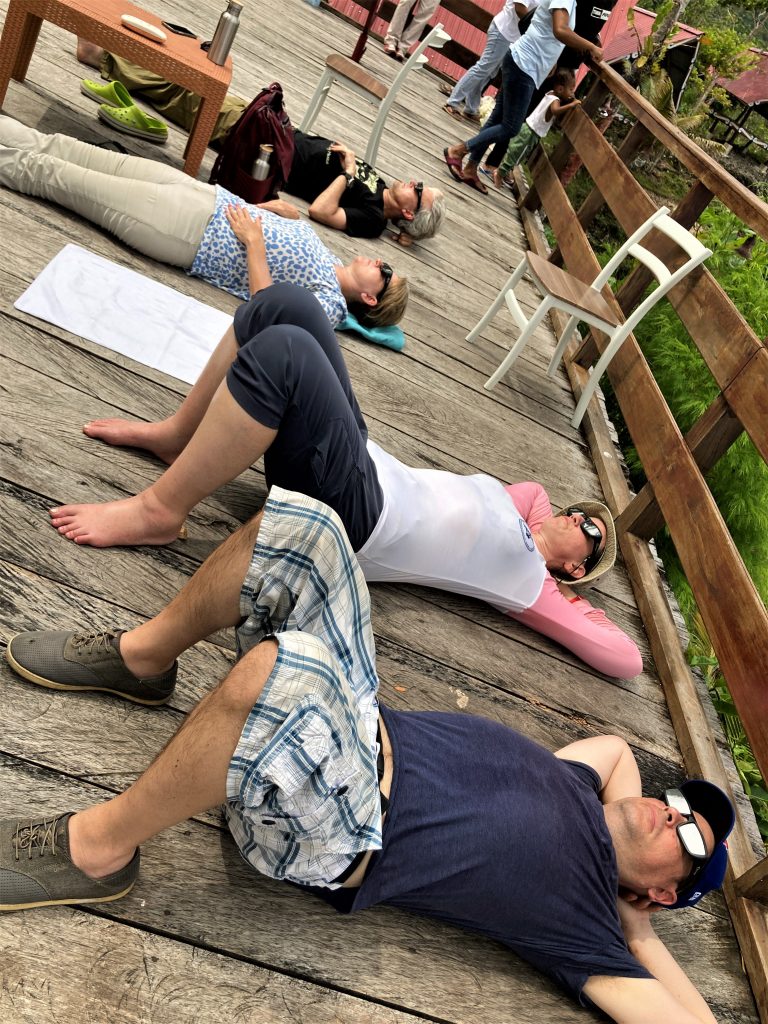
The totality was AMAZING! At totality the moon completely covered the sun and we could look at it without the eclipse glasses we’d brought. Because of the slightly hazy sky (we’d had puffy clouds on and off all day), the light was kind of lavender-y blue, with a perfect brighter ring around the moon. We saw the corona, some red prominences, and the diamond ring as the moon moved off the sun. The whole time Mike kept up an excited commentary. It got dark over us, while we could see light on the edges of the horizon over the sea. It turns out we were very lucky indeed – in town at the festival a dark cloud covered the sun right before the totality and it rained, so they missed the whole thing! Meanwhile, 20 minutes away at our spot the viewing was perfect. We felt incredibly lucky and grateful to be where we were.
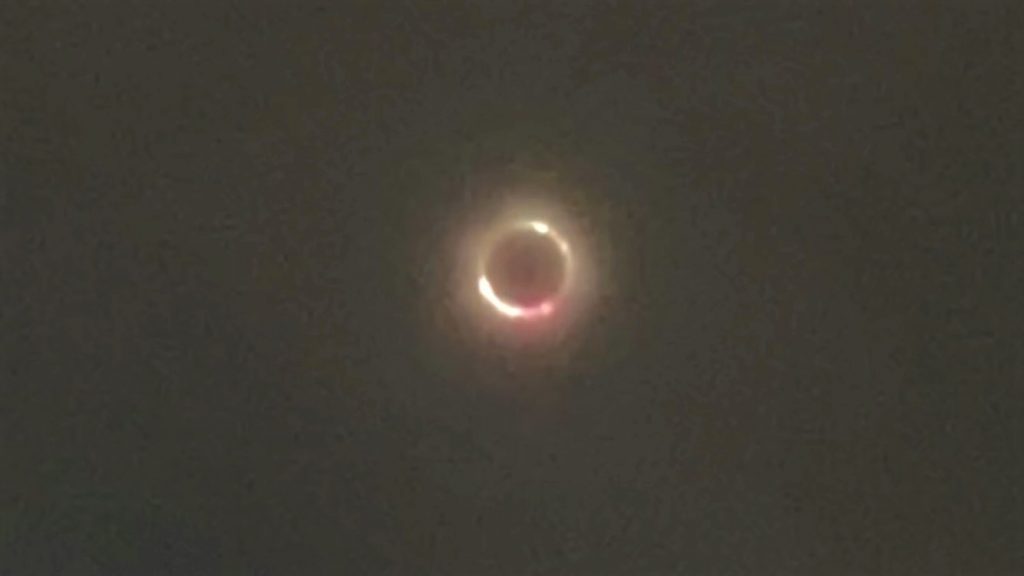
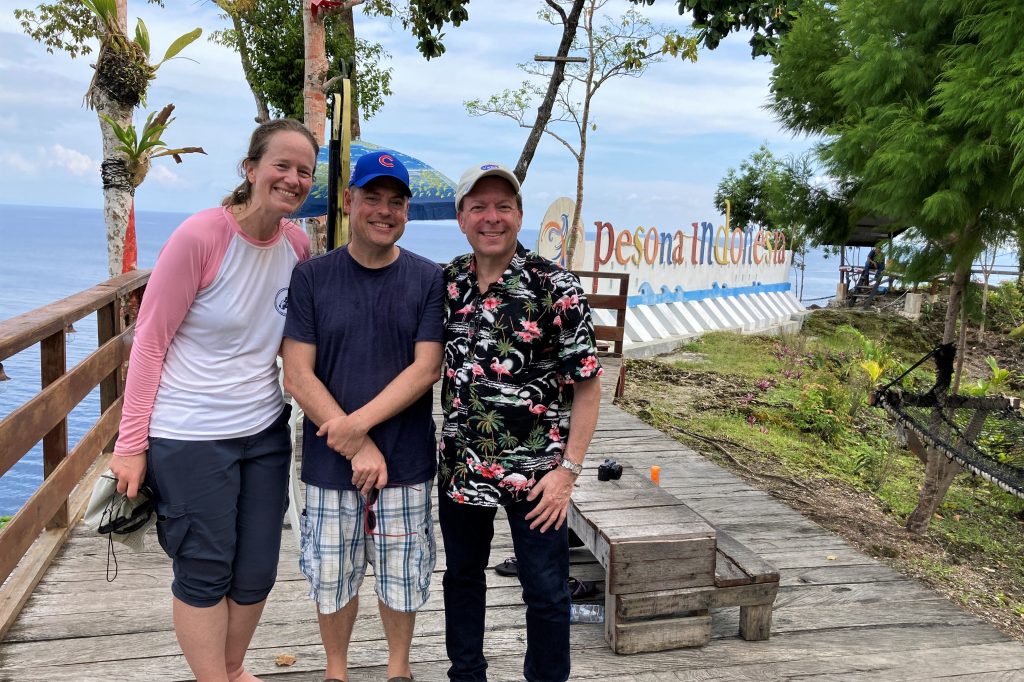
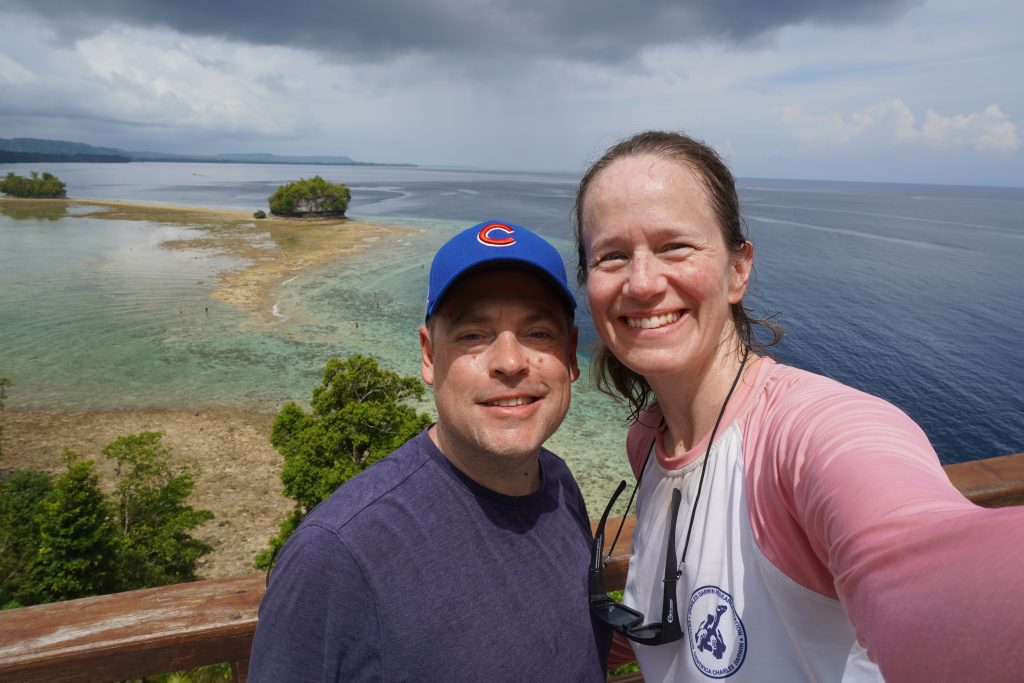
Since we’d come all the way over to eastern Indonesia, we wanted to take in the sights on the island. During World War II, Biak was the location of a Japanese base. They used a huge cave to house the base, making it a hidden spot from which they could shoot at US planes. The US bombed the cave, killing ~3000 Japanese soldiers inside. Now the cave is a museum, and you can go there to see it and some of the debris that was found in the cave and around the island. The cave is very impressive, and the site overall is a somber reminder of how terrible the war was for everyone.
One of the local names for the cave is Goa Binsari, which means Grandmother Cave. Our guide, Mitu, told us that it is named that way because a family of local people lived in the cave before the Japanese came. When they came to the island, they told the family they had to leave the cave. The grandmother of the family refused because it was her home. The Japanese killed the granmother, and so the local people named the cave after her.
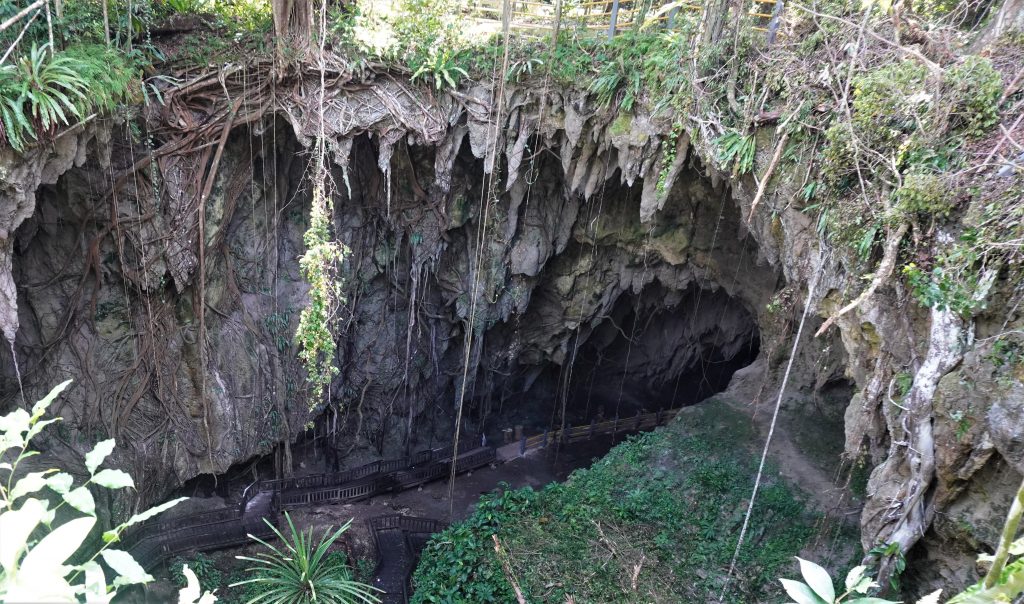
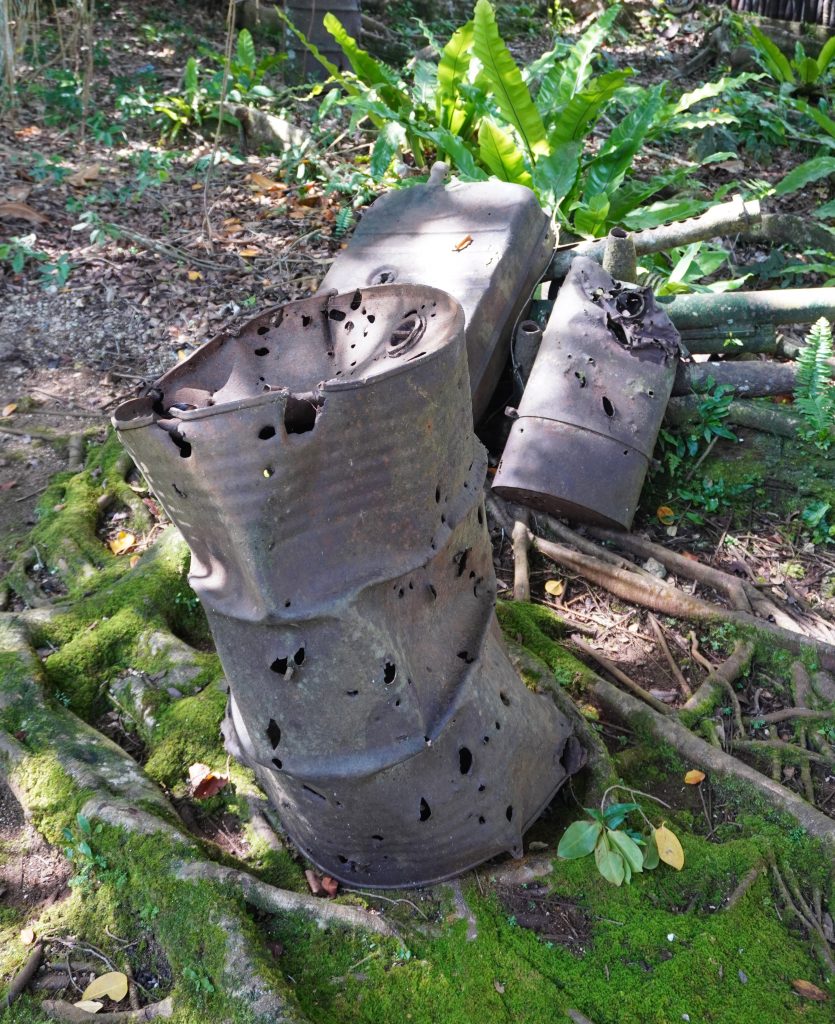
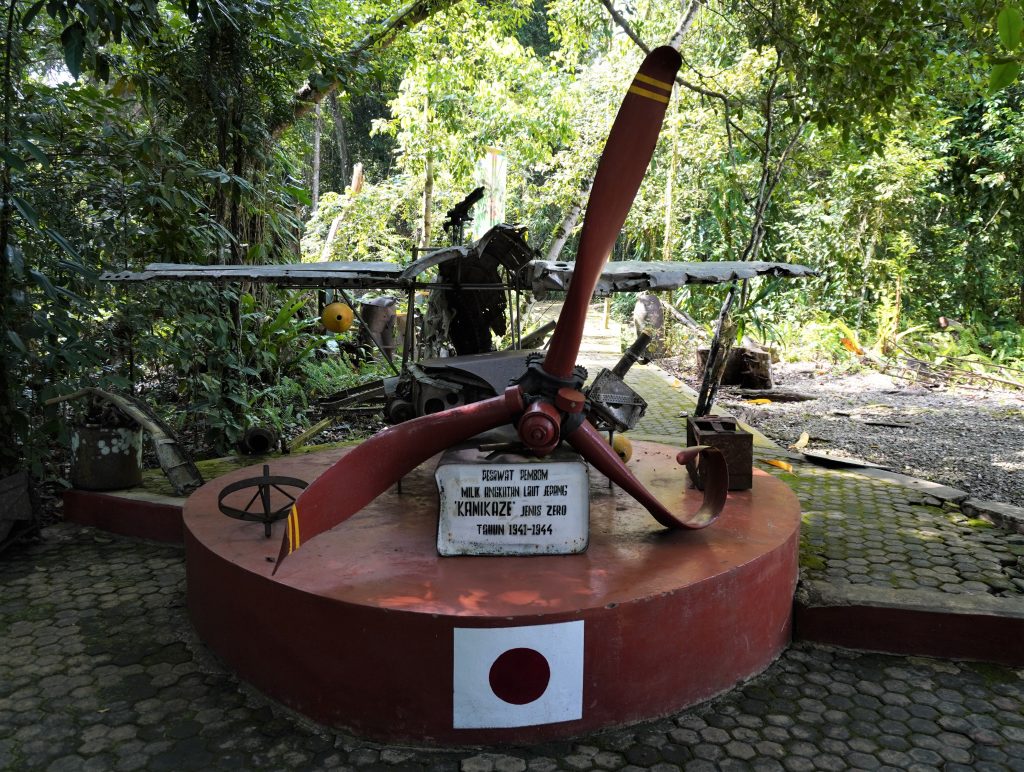
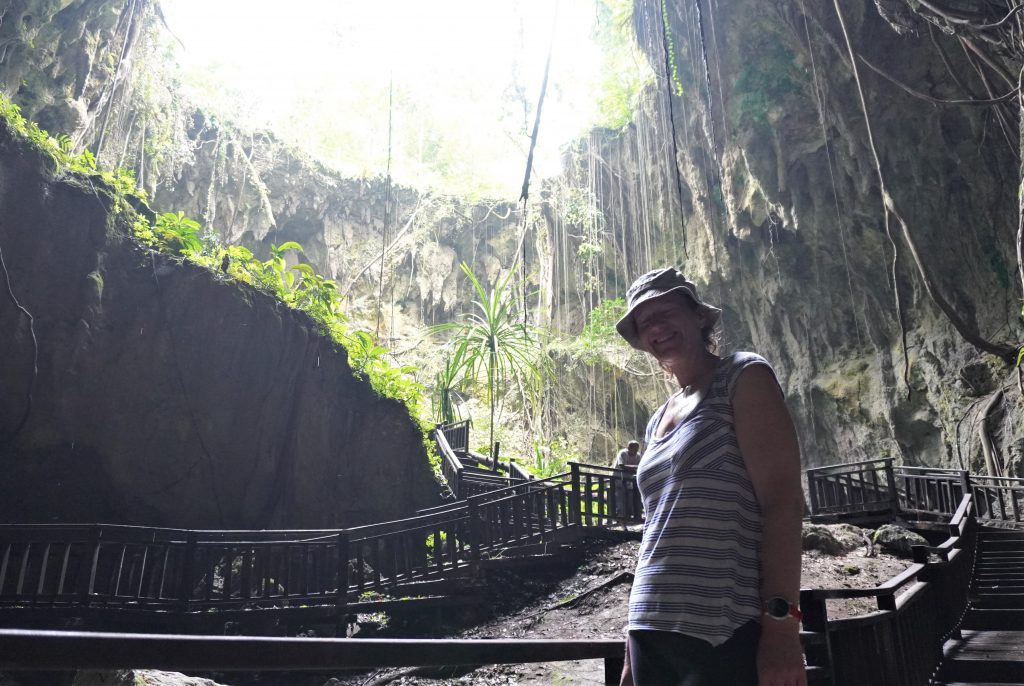
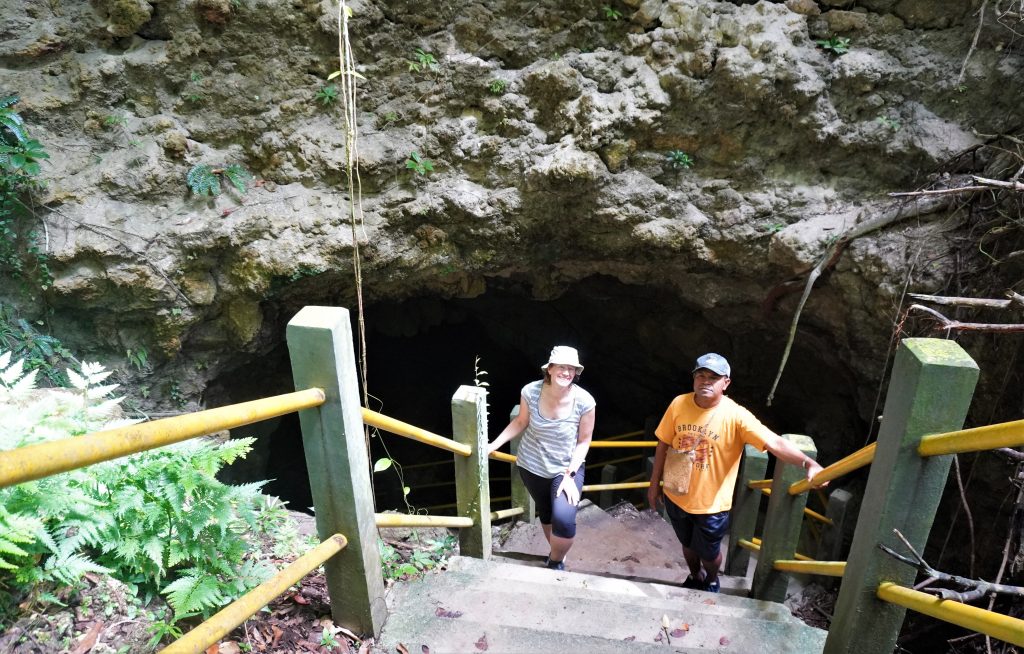
Besides the cave, we also visited the house of a woodworking artist in Mitu’s village. There, we learned about the indigenous art form of korwar statues. Korwar are important for the culture of the Biak people.
The artist also made traditional drums, and our guide Mitu sang a traditional song and played the drums along with the artist. The Biak people are known as warriors on the sea, and the song they sang for us is one the people would sing to ask for calm seas before going to war. It was beautiful, and as they sang, the artist’s small child joined in and sang as well. Mitu explained that there are many different songs. For example, there is another if they want to go fast and ask for wind. He also explained how they use the stars to navigate. It was a magical experience being in that little house.

The other thing we did that afternoon was snorkel. Mitu and Lion took us to someone’s house on stilts by the sea, and we used their bathroom to change into our snorkeling clothes. Then, we walked across the shore and into the water. The reef there was lovely, with so many different colors of coral and lots of fish. There wasn’t really a current, so we could just hang in the water to see whatever we wanted. I watched a group of clownfish in a big anemone for quite a while! After emerging from the sea the owner of the house cut down fresh coconuts from the tree for us and we had the sweetest coconut water that we’ve ever tasted! All in all, our time in Biak felt charmed. We were so lucky to get to go there!
